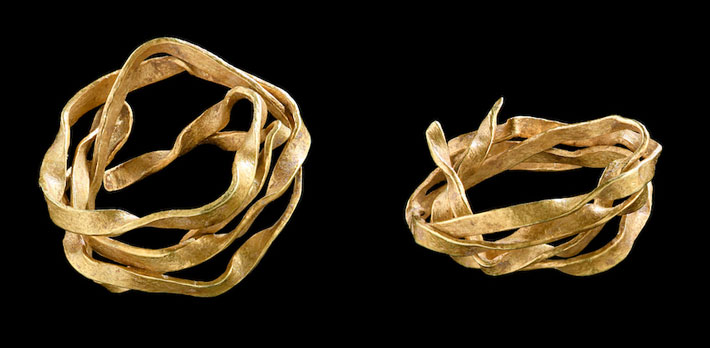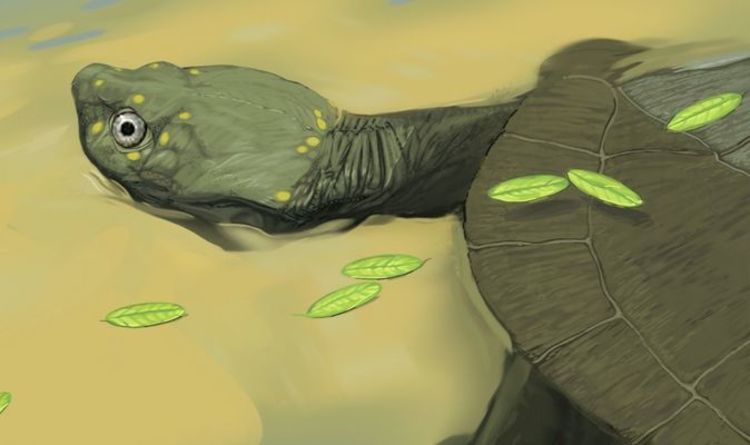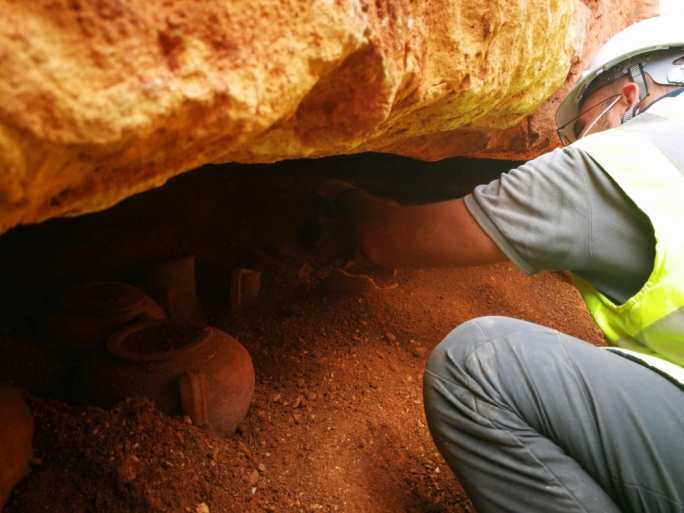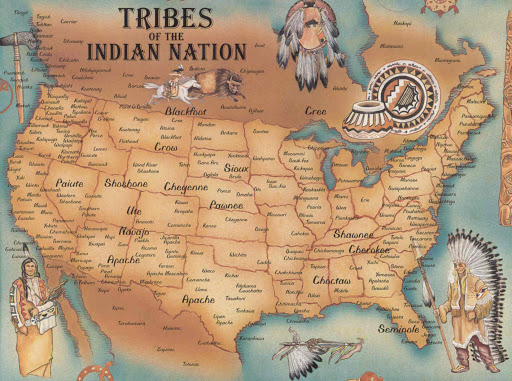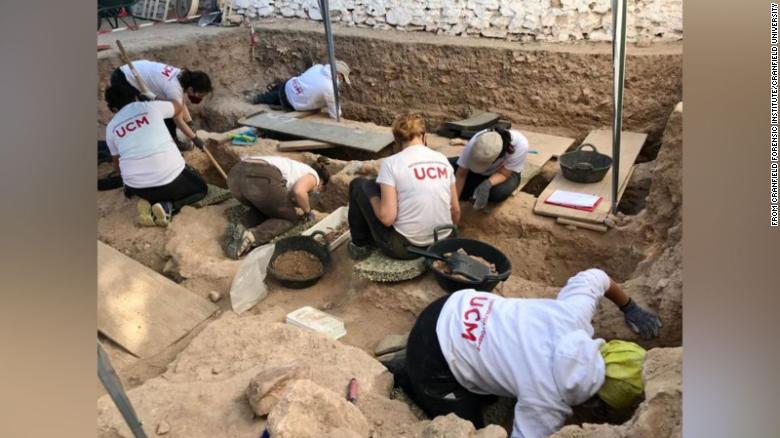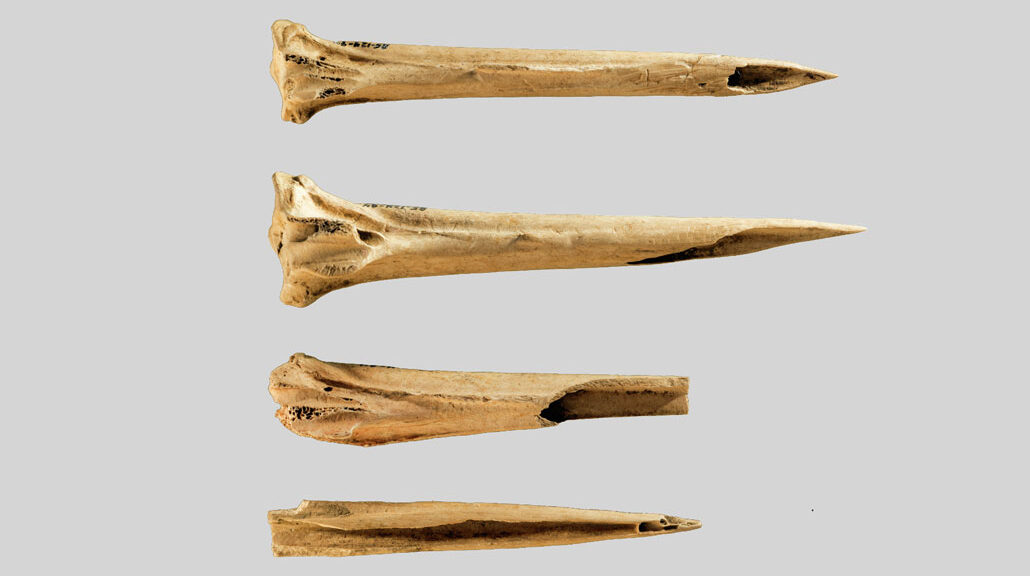3,800-Year-Old Gold Ornament Unearthed in Germany
Live Science reports that a gold artefact thought to have been worn as a hair ornament has been found in a woman’s grave in southwestern Germany.

Archaeologists have uncovered the 3,800-year-old burial of a woman who was around 20 years old when she died in what is now Tübingen, Germany. Inside her tomb, archaeologists found just one grave good — a spiral gold wire that may have been used as a hair ornament.
It’s considered the oldest gold artefact found in southwest Germany. “The gold contains about 20% silver, less than 2% copper, and has traces of platinum and tin.
This composition points to a natural gold alloy typical of gold washed from rivers,” a chemical composition that suggests it came from the Carnon River area in Cornwall, England, the researchers said in a statement.
“Precious metal finds from this period are very rare in southwestern Germany,” the researchers said in the statement.
“The gold finds from the Tübingen district [is] evidence that western cultural groups [such as from Britain and France] gained increasing influence over central Europe in the first half of the second millennium [B.C.],” researchers said.
The woman was buried in a fetal position facing south, not far from a prehistoric hilltop settlement where other graves have been found.
The researchers found no evidence of any injuries or disease, so they have no idea what she died from, Raiko Krauss, a professor in the Institute of Prehistory and Medieval Archaeology at the University of Tübingen, told Live Science.
Krauss and Jörg Bofinger, a conservator with the Baden-Württemberg State Office for Cultural Heritage Management, led the excavation of the grave.
The fact that the artefact is made of gold suggests that the woman may have had a high social status, the researchers said.
They ran radiocarbon dating on the woman’s remains, finding she died sometime between 1850 B.C. and 1700 B.C.
At that time, writing had not yet spread to southwest Germany so there are no written records that could help to identify who she might have been.
See Also: MORE ARCHAEOLOGY NEWS
The grave was excavated in autumn 2020 and the team’s findings were published May 21 in the journal Praehistorische Zeitschrift.
